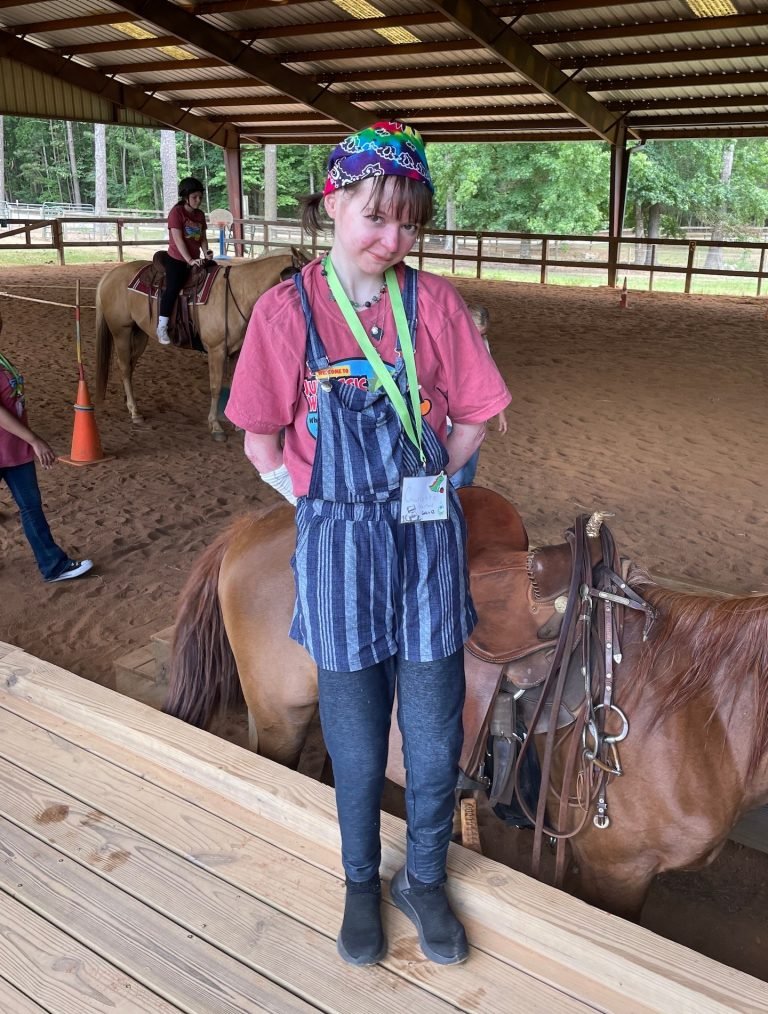Breaking Ground in the Treatment of Epidermolysis Bullosa: Advances in Gene Therapy
Epidermolysis Bullosa (EB) is a rare genetic disorder that manifests through painful skin wounds and blisters, which are susceptible to infections. Over time, individuals affected by EB face elevated risks for skin cancer due to chronic inflammation and persistent unhealed wounds. Furthermore, collagen VII plays a vital role in maintaining the integrity of various bodily structures, including the digestive tract and eyes, but it is the skin complications that pose the largest challenges for patients.
The Impact of Epidermolysis Bullosa
- Chronic Wounds: The wounds in EB are not only painful but also prone to infections.
- Skin Cancer Risks: Continuous inflammation and unhealed skin make patients susceptible to skin cancer.
- Other Affected Areas: Collagen VII is essential for the stability of various body systems, emphasizing the wide-reaching impact of this disorder.
A Journey of Two Decades: Stanford Medicine’s Breakthroughs
In 2003, pioneering research at Stanford Medicine initiated transformative developments in EB treatment. Dr. Paul Khavari and Dr. Zurab Siprashvili engineered a robust method to correct defective genes in EB skin cells. This innovative approach resulted in:
- Genetic Engineering Success: Production of patches of skin with functional collagen VII successfully grafted onto mice.
- Clinical Trials: A phase 1 clinical trial led by Dr. Alfred Lane and Dr. Peter Marinkovich demonstrated initial safety and effectiveness, marking a significant milestone in EB therapy.
How Genetically Engineered Skin Grafts Work
The process of creating individualized skin grafts for EB patients involves the following steps:
- Biopsy Collection: A small sample is taken from the patient’s un-wounded skin.
- Gene Correction: In the lab, a retrovirus introduces a corrected version of the collagen VII gene, COL7AI, into skin cells.
- Skin Cultivation: The engineered cells are cultivated into skin sheets approximately the size of a credit card.
- Grafting Procedure: After about 25 days, a plastic surgeon grafts the engineered skin onto the patient’s wounds, ensuring compatibility with their immune system.
Phase 3 Clinical Trials: Measuring Success
The significant findings from the phase 3 clinical study included data from 11 patients (aged 6 and older) with recessive dystrophic EB. The trial compared:
Treatment Methods
- Genetically Engineered Skin Graft: One wound from each patient treated with the graft.
- Standard Care: The corresponding wound managed with traditional methods.
Key Findings
- Healing Rates: After 24 weeks, 81% of graft-treated wounds were at least half healed, compared to just 16% of control wounds.
- Greater Improvement:
- 65% of treated wounds were at least three-quarters healed versus 7% for controls.
- Notably, 16% of treated wounds completely healed, while none of the control wounds achieved this milestone.
- Enhanced Patient Experience: Patients reported less pain, itching, and blistering in areas treated with the grafts compared to standard care.
Conclusion: A Hopeful Future for EB Patients
The advancements in gene therapy for Epidermolysis Bullosa offer renewed hope for individuals grappling with this debilitating condition. The promise of genetically engineered skin grafts not only enhances healing but also improves overall patient quality of life.
For more information on EB and cutting-edge treatments, visit Stanford Medicine and explore the latest in genetic therapies.


